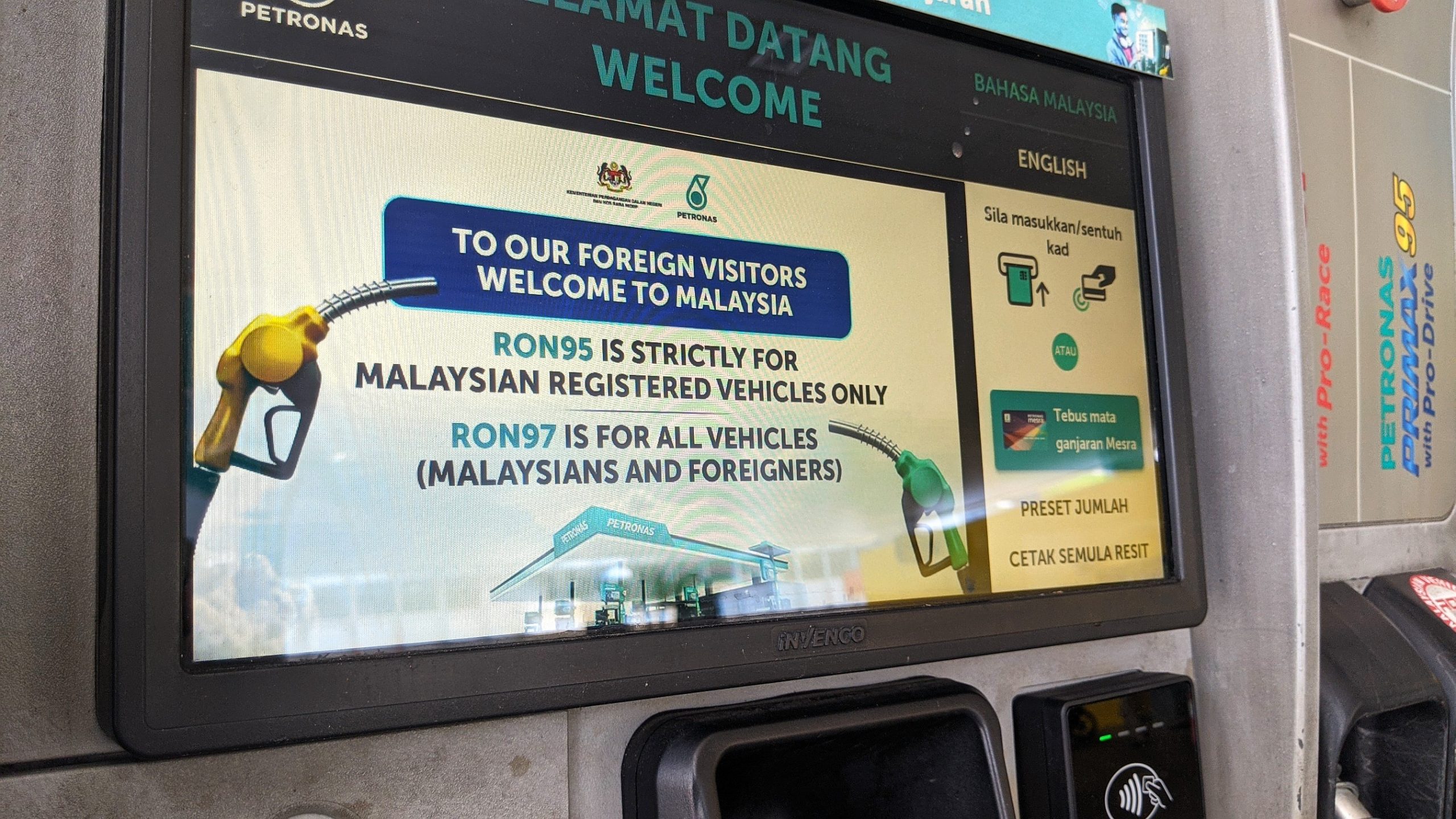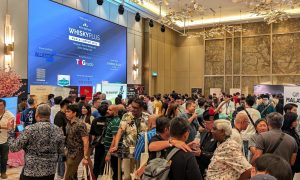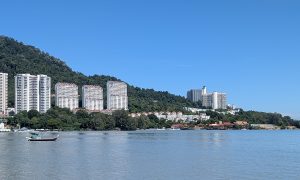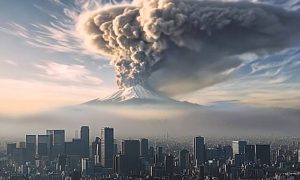Starting September 30, 2025, all Malaysian citizens will enjoy subsidized RON95 petrol at RM1.99/L while foreigners will be excluded. How much will expats pay, and how do those rates stack up comparatively across Southeast Asia?
Malaysia is taking a significant step in fuel subsidy reform. According to reports, from September 30, 2025, RON95 petrol will cost RM1.99 per litre for Malaysian citizens under the new targeted scheme called BUDI95, so long as they hold a valid MyKad and driver’s licence. But there’s a sharp distinction: foreigners will pay the “full market rate” under the same policy. The government has introduced a monthly cap of 300 litres per person for those receiving the subsidy, with certain exemptions (like ride-hailing drivers) for higher allocations.
Previously, it was said that top earners in the country (the “T20”) would either be ineligible for subsidized fuel, or be subjected to notably lower limits. In July, the government suggested the RM1.99/L price would be enjoyed by about 16-18 million Malaysians.
However, as of today (September 22), it was clarified officially that ALL Malaysians with a MyKad and a driver’s licence would receive the full subsidy, throwing into serious question what the point of all this is – after all, foreign residents, who represent a small percentage of Malaysia’s resident population to begin with, quite simply do not use that much petrol as the vast majority of foreigners (i.e., migrant workers) in Malaysia do not drive.
The popular motoring website Paul Tan’s Automotive News opined similarly, stating:
It’s worth noting that for all the talk of targeted subsidies being necessary to reduce the budget deficit, the reduction in RON95 price from the current level of RM2.05 per litre [to RM1.99 per litre] means there will probably be more subsidies for the government to pay out, compared to leaving the current subsidies alone in the first place.
And while there is a nominal limit for the amount of petrol each person can purchase, the 300 litre quota is far more than one single person can expect to use every month. Not to mention, this quota is exactly the sort of thing a wealthy person can bypass by simply buying a more fuel-efficient car – something that cannot be said for, say, a lower-income individual with older, less efficient transport.
The government has also repeatedly said that this measure will prevent foreigners from benefitting from our subsidies, but it also bears repeating that foreign cars are already barred from using subsidized fuel, and that foreign citizens owning private vehicles in Malaysia are few and far between anyway.
Plus, while the MyKad requirement is a deterrent, it won’t completely stop all forms of smuggling, since foreigners can simply ask a Malaysian family member or friend to fill up for them. All this put together makes us wonder how much the government realistically expects to save from this.
REGIONAL COMPARISONS
As reported by numerous sources, the unsubsidized rate is expected to be RM2.60 per litre, and that’s what any non-citizen in Malaysia will pay at the pump, even those who contribute significant income taxes to the Malaysian government.
While RM1.99 represents only a modest drop from the earlier RM2.05 price (to the point where the meagre 6 sen reduction was roundly mocked by locals on social media when it was announced), for many Malaysians it still signals relief and a rebalancing of subsidy burdens. Foreigners, meanwhile, will see a noticeable increase compared to what many were paying previously under the blanket subsidies – roughly a 27% increase in the cost of RON95. But despite the rather steep increase, will the new rate paid by foreigners still be considered inexpensive when compared to Malaysia’s regional neighbours?
| Country | Approx price (RM/L) |
|---|---|
| Malaysia (foreigners, unsubsidized) | RM 2.60 |
| Indonesia | ~RM 3.22 |
| Philippines | ~RM 4.22 |
| Thailand | ~RM 5.68 |
| Singapore | ~RM 9.02 |
| Notes: Prices are approximate, converted to Malaysian ringgit and rounded for readability. They reflect typical retail or unsubsidized rates and may vary by city, taxes, and timing. | |
As shown, by comparison, even the unsubsidized RM2.60/L in Malaysia remains relatively low. Indonesia, Thailand, the Philippines, and especially Singapore are all significantly more expensive per litre at current rates for comparable fuel grades. This puts Malaysia’s market price for foreign motorists nearer the lower end of the regional spectrum even after subsidy reform.
WHAT THIS MEANS FOR EXPATS
For resident tax-paying expats, MM2Hers, non-citizen workers, foreign-registered vehicle owners, and travellers, the change means the pump price of RON95 will rise noticeably. Previously, many might have benefited from subsidized pricing (or at least lower rates) under blanket subsidy systems or through less strictly enforced policies. The new scheme clarifies that foreigners will no longer receive subsidized RON95, and must pay market-rate fuel. The same is true for corporations in Malaysia, too.
On the other hand, Malaysian citizens will pay slightly less per litre under BUDI95, but there’s a cap (300 litres per month) intended to limit overuse and ensure subsidy targeting. This reflects what officials have described as a trade-off: maintaining affordable fuel for citizens while trimming fiscal burdens and reducing subsidy waste.

We still maintain that retaining, but reducing, blanket subsidies (and continuing to reduce them incrementally over time, e.g., with the pump price going from RM2.05 to RM2.20, then RM2.30, etc.), while aggressively working to stop the large-volume smuggling of subsidized fuel that continues to take place, would be a much easier, more efficient, and more cost-effective way of reducing the government’s costs. The various possible mechanisms that will be implemented to try and handle the complex subsidy rationalization will almost certainly cause confusion and chaos, at least initially – and there will of course be added costs and labour burdens for implementation and enforcement, as well.
With this reform, Malaysia aims for what it’s saying is a balanced approach: retain relief for citizens, raise revenue, and reduce distortions in the fuel market, while making sure those not eligible (foreign residents, wealthy Malaysians, companies, etc.) pay more pent-up market cost. Despite the increase for non-citizens, the RM2.60 per litre is still modest compared to many of its ASEAN neighbours. For expat budgets though, the message is clear: fuel will no longer be a quietly subsidized perk of living in Malaysia.
Sources for this article include official bulletins and announcements from the Malaysian government, The Edge, Malay Mail, iMotorbike News, and Paul Tan’s Automotive News. Until an official policy is publicly announced by the government, information as reported is subject to change.



















